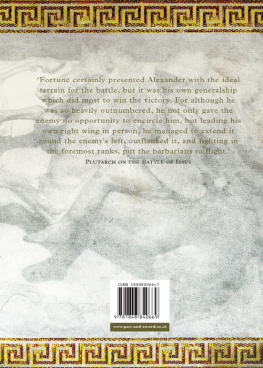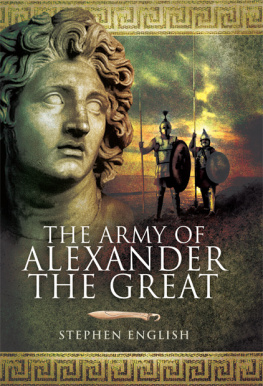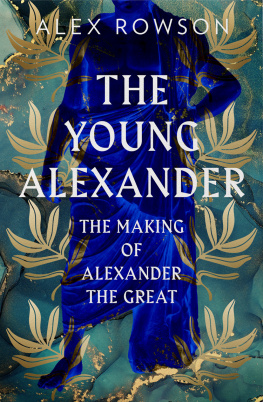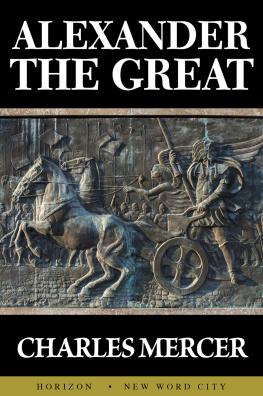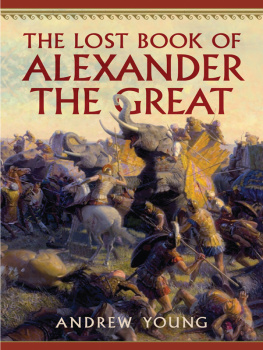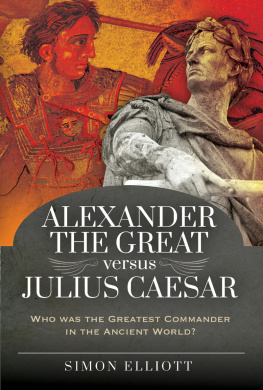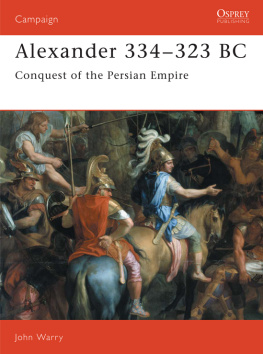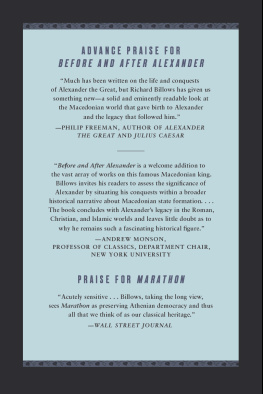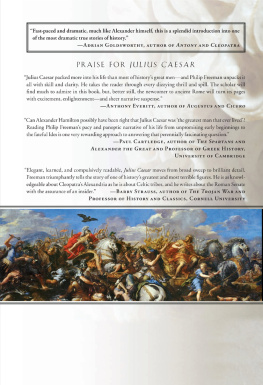
First published in Great Britain in 2011 by
Pen & Sword Military
an imprint of
Pen & Sword Books Ltd
47 Church Street
Barnsley
South Yorkshire
S70 2AS
Copyright Stephen English 2010
ISBN 978 1 84884 066 9
ISBN 9781844687428 (epub)
ISBN 9781844687435 (prc)
The right of Stephen English to be identified as Author of this Work has been asserted by him in accordance with the Copyright, Designs and Patents Act 1988.
A CIP catalogue record for this book is available from the British Library.
All rights reserved. No part of this book may be reproduced or transmitted in any form or by any means, electronic or mechanical including photocopying, recording or by any information storage and retrieval system, without permission from the Publisher in writing.
Typeset in Ehrhardt by Phoenix Typesetting, Auldgirth, Dumfriesshire
Printed and bound in England by CPI UK
Pen & Sword Books Ltd incorporates the imprints of Pen & Sword Aviation, Pen & Sword Maritime, Pen & Sword Military, Wharncliffe Local History, Pen and Sword Select, Pen and Sword Military Classics, Leo Cooper, Remember When, Seaforth Publishing and Frontline Publishing.
For a complete list of Pen & Sword titles please contact
PEN & SWORD BOOKS LIMITED
47 Church Street, Barnsley, South Yorkshire, S70 2AS, England
E-mail:
Website: www.pen-and-sword.co.uk
Contents
Maps
Preface
T his book forms the final part of a three-volume set. The organization and equipment of Alexander's army was dealt with in the first volume, The Army of Alexander the Great, and the discussions of these issues are not repeated here. As a detailed examination of Alexander's field campaigns, this volume, in combination with the second, The Sieges of Alexander the Great, is intended to present a comprehensive narrative of Alexander's military career. These books arose out of my doctoral thesis and have, therefore, been over six years in preparation. I undertook the doctorate, and ultimately these books, with the intention of reconstructing Alexander's battles and sieges with a view to determining what tactics he used in gaining the largest empire the world had yet seen. The whole study, then, has a definite aim: to reconstruct Alexander's great battles and sieges and to assess tactics and their development throughout Alexander's career. This approach may be considered narrow and old-fashioned by some, but I believe much work remains to be done in the area, and that it is still a legitimate field of academic study.
One final note: all dates used within this work are BC, unless otherwise stated, and any errors are, of course, my own.
Acknowledgements
T his book is the third that I have written, and there are several key people who I would like to thank for making this and the previous two possible. Elizabeth, for her continued love and support and for making me work, even when I don't want to. Thankyou also to my friends Martin and Sue Foulkes, and my family. I would also like to thank Hans van Wees and Andrej Petrovic for their useful and helpful comments on the doctoral thesis from which this book grew. My greatest thanks, as always, are to Peter Rhodes for continuing friendship and support. I would finally like to thank Phil Sidnell and the rest of the team at Pen and Sword for making this book, and the earlier two, possible.
Finally, I would say that this work owes a great debt to the many scholars who have come before me, and to the body of work that they have produced. I hope that in some small way I can add to that work. Despite the various people who have seen, read, and helped with the production of this book, any remaining errors are entirely my own.
Chapter One
Methodology
M y earlier book The Sieges of Alexander the Great began with a discussion of the surviving ancient source material for the career of Alexander. For historians, however, the sources are only the first step. The key to history is how we treat that material. This book will open with a development of that material to discuss methodology and how we, as historians, undertake the study of history.
One of the very first issues that any historian, ancient or modern, must address is source analysis. How can we separate the possible (or perhaps inevitable) invention of later historians from the views of the original contemporary source? How can we overcome the bias in any source? How can we reconstruct events from disparate accounts? And of particular interest to us as military historians, how can we reconstruct a battle narrative without the benefit of modern communication? Within this opening chapter I will attempt to answer these questions and essentially set out the methodological approach taken in this book and its predecessors to the sources and to the complex issues of source analysis.
The survival of source material makes any study of ancient history difficult, but there are specific issues regarding the Alexander sources that make the study of this period particularly challenging. At first sight, for the career of Alexander, we are blessed with surviving source material. There are two full-length histories of his reign by Arrian and Curtius (although Curtius contains some significant lacunae), a biography by Plutarch, two books of Justin's epitome of Pompeius Trogus, an entire book of Diodorus' history and some significant sections of Strabo; along with these there are some interesting passages in Polybius which are frequently and unjustifiably ignored. This apparent embarrassment of source material is extremely misleading, however, as they are all of late date, the earliest (Diodorus) being late first century BC. Strabo wrote shortly afterwards, in the late Augustan period, and Curtius was probably late first century AD, with Plutarch and Arrian writing some time in the
Despite there being a great number of works written on Alexander during his life and shortly afterwards, no contemporary source survives in anything more than fragmentary form. Of the fragments that remain, most are from a relatively small group of historians, namely: Callisthenes, Aristobulus, Chares, Cleitarchus, Nearchus, Onesicritus, and Ptolemy.
Of the now lost primary contemporary sources, the first to be written was perhaps Anaximenes' work On Alexander, written during Alexander's lifetime. The surviving fragments of this work are far too sparse to support any conclusion as to its aim, tone or quality. Along with Anaximenes was Callisthenes' Deeds of Alexander which covered the period down to late 331 at least (the latest datable fragments describe the battle of Gaugamela in that year) and was only cut short by the author's killing in 327 by Alexander. Alexander's death brought a wealth of material written by senior commanders. Onesicritus and Nearchus wrote soon after the king's death, and Ptolemy wrote before 283 (the date of his own death) but probably fairly close to it. Aristobulus composed his history at some point after the battle of Ipsus in 301, contemporary with Cleitarchus' work, which was the most widely read on the subject in the ancient world.
There were also many pamphlets published on Alexander after his death, including a treatise on the deaths of Alexander and Hephaestion The approach can be very enlightening when we have some other verifiable evidence that a particular fragmentary historian was used by a secondary source, as is the case with Arrian for example, but when the identification is speculative then it often leaves more questions than answers.
Next page
